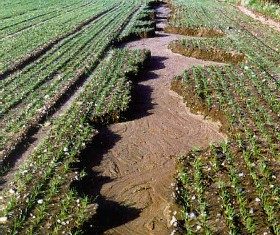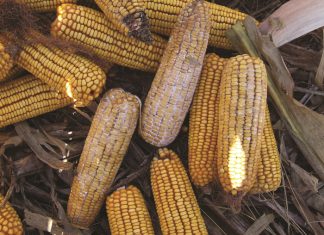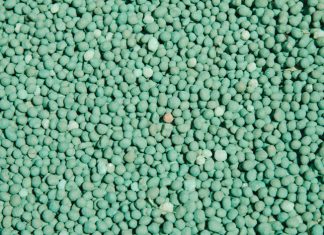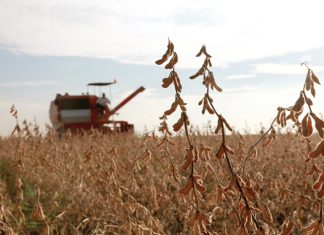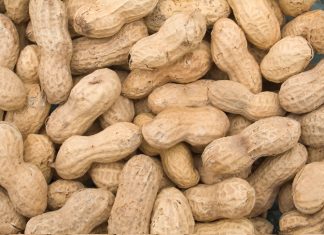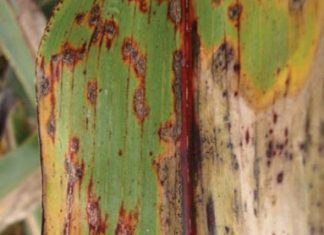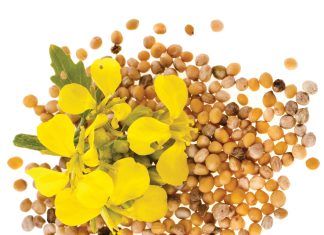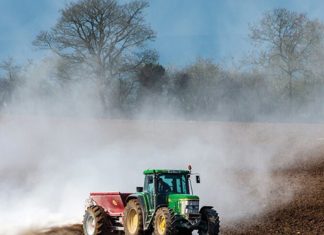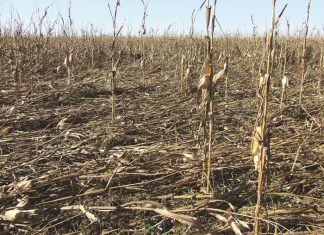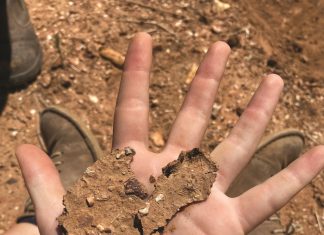Kundigheid nodig om gronderosie te takel
Met die beduidende verhoging in reënval die afgelope tyd, is ernstige gronderosie weer besonder opvallend nadat dit gedurende die vorige paar jare toe minder reën ontvang is, minder sigbaar op bewerkte landerye was. Gronderosie...
Mycotoxins account for large losses worldwide
In a recent article published in the September 2022 issue of SA Graan/Grain, the Fusarium spp. mycotoxins and their effects on humans and animals were highlighted. This article discusses other important fungi, their mycotoxins...
Nature-based farming uses less fertiliser
Analysis of 30 long-running farm experiments in Europe and Africa has shown that the high crop yields usually obtained using man-made fertilisers can instead be achieved through a combination of more environmentally friendly practices.
Using...
DATA ON PRODUCER DELIVERIES compared to crop estimates
The matter of actual producer deliveries and the estimates provided by the Crop Estimates Committee (CEC) has always been a talking point and is, in some cases, still causing confusion within the industry. It...
Verandering in klimaat skets ’n somber prentjie
Grondbone (Arachis hypogaea L) is een van die vernaamste olie- en voedselgewasse in die wêreld. Dit word geproduseer onder verskillende reënval- en temperatuurregimes en op verskeie grondsoorte, waarvan sandgronde die mees gewenste is. Aardverwarming...
ARC evaluates sorghum cultivars
Sorghum, an important cereal crop in Africa and a staple grain for millions of people, is used to make bread, porridges, soups and cakes for human consumption. It is also used as fodder for...
Kanolasaad blyk genoeg te wees vanjaar
As produksie-inset maak saad ongeveer 15% tot 20% van ’n kanolaprodusent se produksiekosterekening uit. Alle kanolasaad wat in Suid-Afrika aangeplant word, word vanaf Australië, Kanada, Suid-Amerika of Europa ingevoer. Die voorsiening van genoeg saad...
Grondversuring: SA het ’n krisis
Die Suid-Afrikaanse graanbedryf benodig na berekening elke jaar meer as 2,2 miljoen ton landboukalk om jaarlikse grondversuring te bekamp wat deur die gebruik van oormatige, gereduseerde stikstofkunsmis veroorsaak word. Die verwydering van basiskatione deur...
Gibberella stalk rot of maize: a serious threat
Gibberella stalk rot (Photo 1) is caused by fungus pathogens within the Fusarium graminearum species complex (FGSC). The primary crop hosts of FGSC include maize, oat, barley, rye, sorghum and wheat. FGSC is referred...
GYPSUM and CALCIUM sources tackle high sodium levels in soils
Soil sodicity (swartbrakgrond) refers to a condition in which soil contains excessive levels of sodium. This condition can adversely affect soil health and crop production.
The accumulation of sodium in soil, stemming from factors such...



